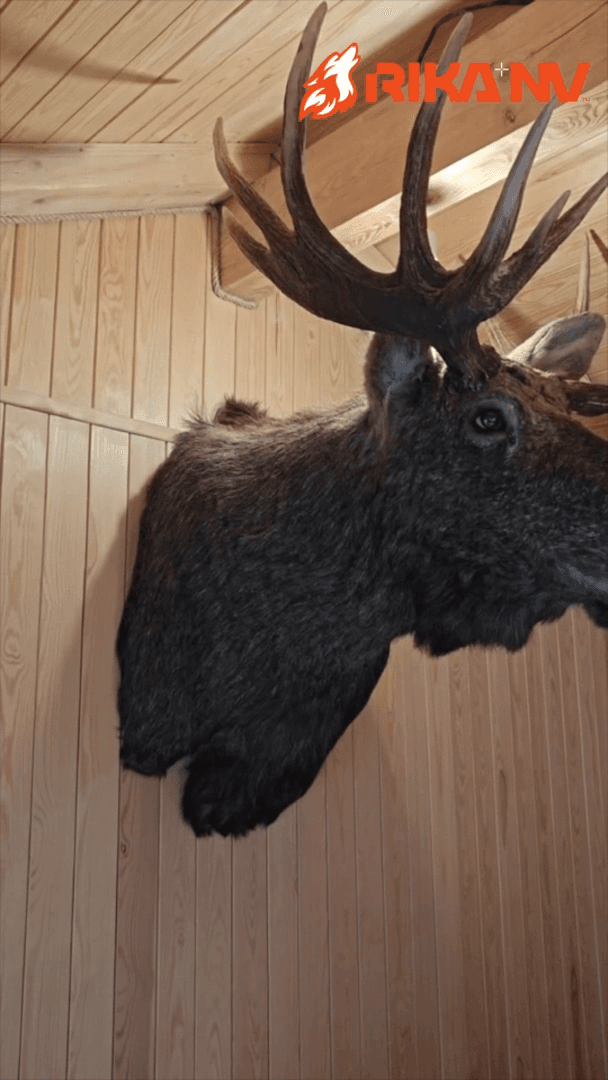
Desert Gazelle Hunting Advisors: Ethics and Legality of Hunting in Arid Regions. Guide to Responsible Hunting of Desert Gazelles: Population Conservation and Law Enforcement This article focuses on important aspects of hunting desert gazelles (including Gazella dorcas and other species found in arid regions), with an emphasis on ethical standards, environmental requirements, and compliance with legislation. Important! Gazelle hunting is restricted or prohibited in many regions due to population decline. Before planning a hunt, make sure that it is legal and follow all the rules. Geographical and Natural Features of the Region in Terms of Hunting: Desert gazelles inhabit the arid regions of Africa and Asia, characterized by: - Deserts and semi-deserts: Rocky and sandy plains with sparse vegetation. - Extreme climate: High temperatures, low rainfall and limited water resources. - Migrations: Gazelles make seasonal migrations in search of water and food. Hunters and Demographics of the
Post: 5 July 12:04






![🏆 [<strong>TROPHEES</strong>] Les Pins de l’Aumônerie, partenaires des associations de chasse !
Cette année, nous avons eu le privilège de remettre 5 <strong>trophées</](/_next/image?url=https%3A%2F%2Fapi.uh.app%2Fmedia%2Fminiatures%2F401c4db6-5785-419e-b016-0c8f32666f78.jpeg&w=3840&q=75)









































